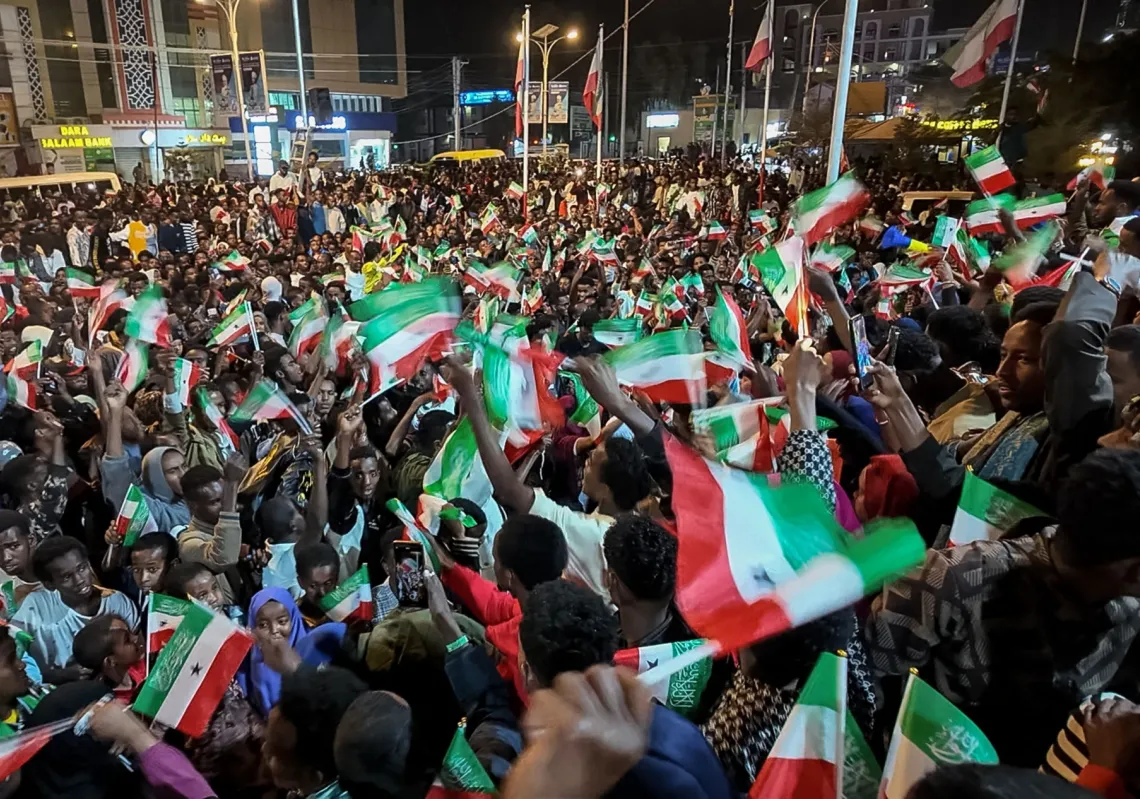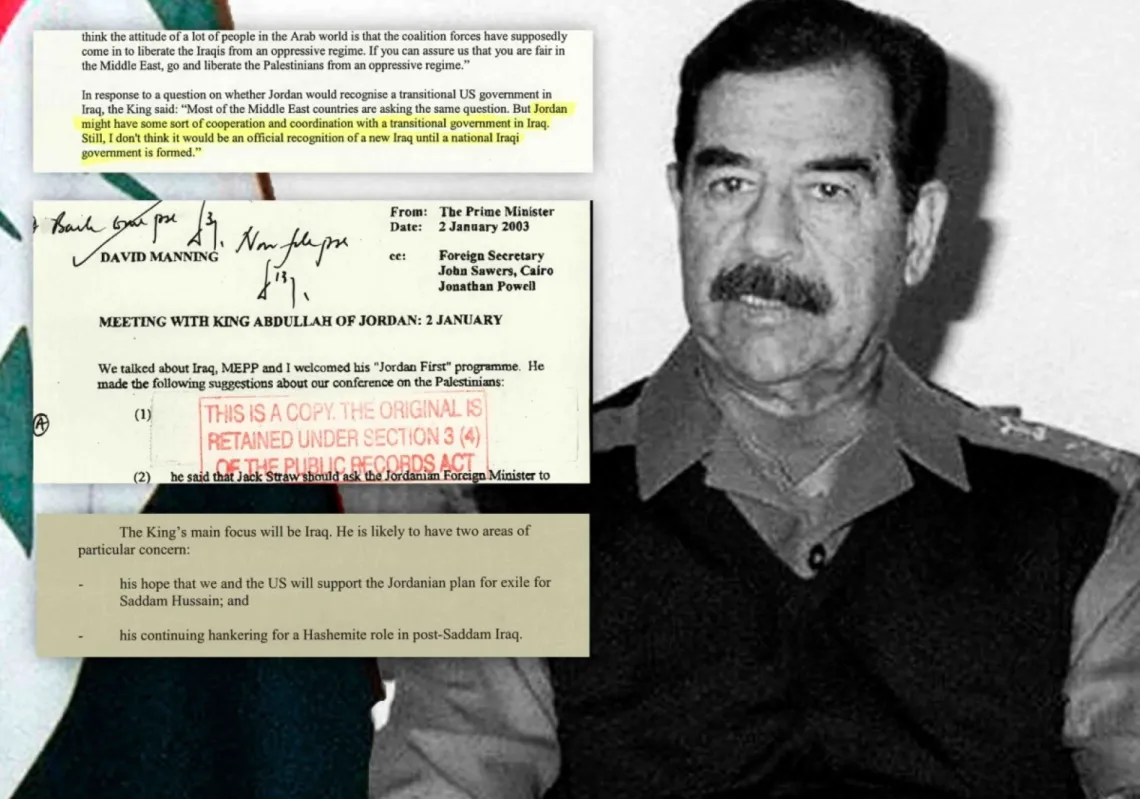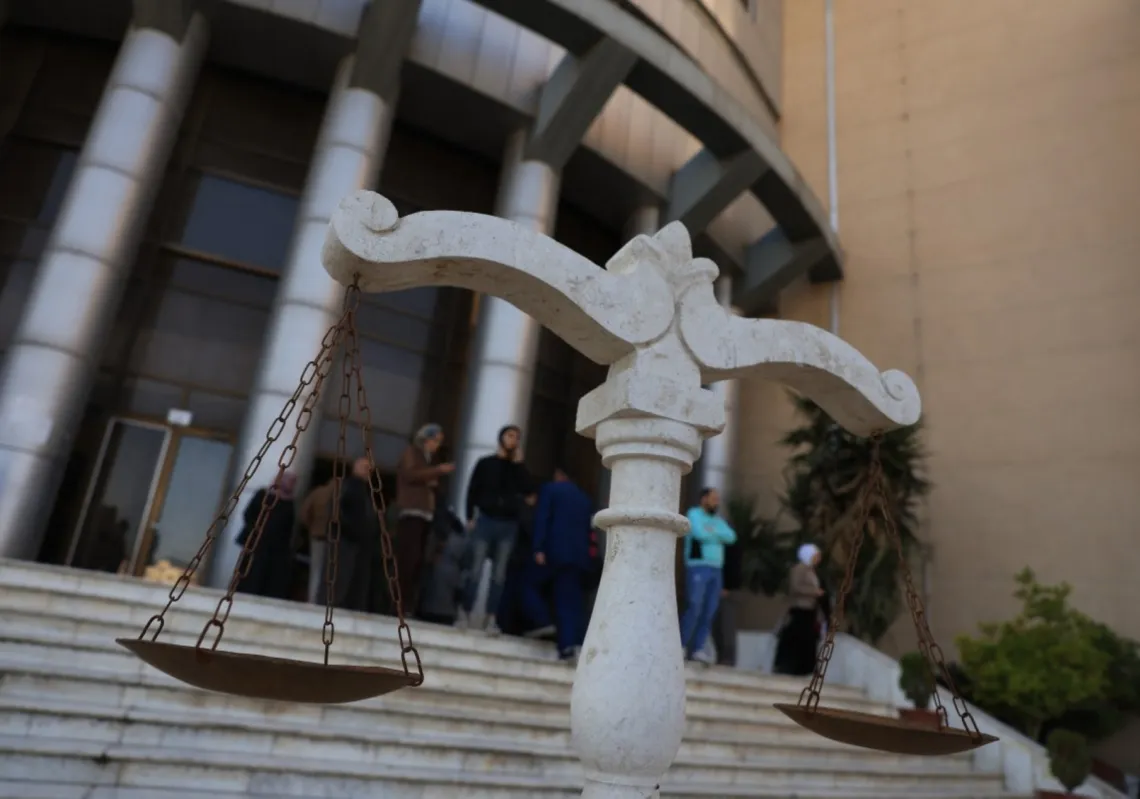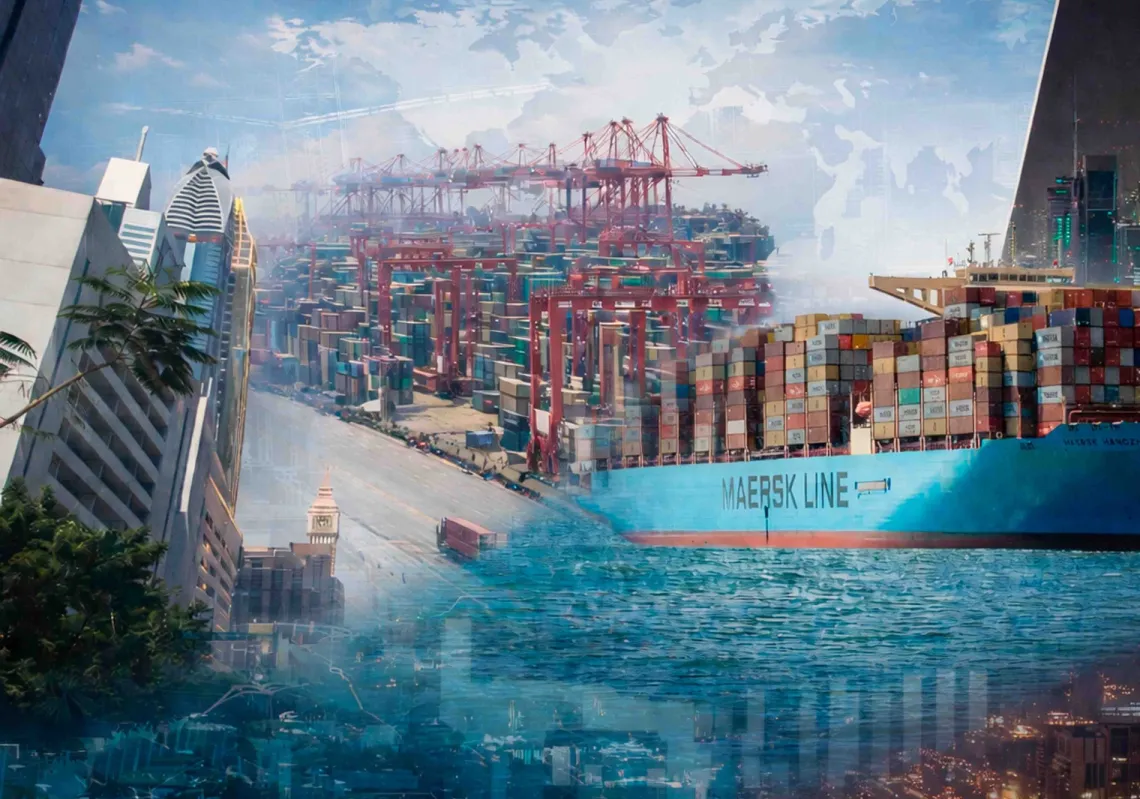President-elect Donald Trump caused both bafflement and concern in recent days when he said the US should own the Panama Canal and Greenland, among other things. The businessman-turned-politician, 78, was speaking off-the-cuff in a press conference about inward investment and seemed irked by the canal’s high transit fees and Chinese interests in both the waterway and Greenland.
The Panama Canal was built by the United State but belongs to Panama. Likewise, Greenland is an autonomous territory of Denmark. Neither Panama nor Denmark have expressed any desire to sell. Indeed, transit fees contribute 4% of Panama’s gross domestic product (GDP). So, what is going on?
Vital US trade route
First, the canal. At 82km, this artificial waterway linking the Atlantic and Pacific Oceans through Central America is a strategic route vital for US trade. Without it, ships would have to sail around the tip of South America—a lengthy and hazardous route through Antarctic waters.
France began building it in the 1880s but stopped when investors got cold feet. The US took over in 1904 and it opened ten years later, in 1914. Its construction is still one of the largest and most difficult engineering projects ever undertaken. In a gradual process that ended in 1999, the US transferred ownership of it to Panama.
The cost of a cargo ship’s passage through the canal (which involves using around 200 million litres of freshwater) might typically cost around $300,000, but as recently as 2023, during drought conditions, a slot sold for as much as $4m. As the fees have gone up, so too has Chinese investment in Panama.

Taking to his social media platform last month, Trump pointed the finger at Beijing, saying the canal should not be managed by Chinese entities and raging that the US was being "ripped off" for using something Americans built. He warned that without its "safe, efficient, and reliable" operation "we will demand (its) full return". He added that "Panama has no right to impose exorbitant fees on the United States, our Navy, and companies trading with us. Our Navy and commerce have been treated unfairly and unwisely. The fees Panama charges are ridiculous, especially considering the exceptional generosity the United States has shown to Panama. This complete 'fraud' against our country will end immediately."
In Panama, the reaction to Trump's comments was full-throated, as people took to the streets outside the US Embassy in demonstrations organised by national unions. They chanted that Trump was an "animal", told him to "keep your hands off the canal," and burned his image, along with that of US Ambassador Mari Carmen Aponte. "Selling the canal is like selling your mother," one of the banners read.
Panama's President José Raúl Molino put out a joint statement co-signed by three former Panamanian presidents. "The sovereignty of our nation and our canal is non-negotiable," it said. Molino added that the transit fees were carefully evaluated, transparent, and allowed Panama to pay for the canal's big expansion in 2016, which in turn enhanced global trade and traffic flow.
Last year, the canal generated around $5bn in revenues for the country, roughly 4% of Panama's GDP, but Trump's argument is that "the United States is the canal's primary user, with over 70% of all transits directed to or from American ports". Around 14,000 ships passed through the canal in 2022, but in 2023 it was 10,000, owing to the drought (the canal depends on a series of freshwater locks).
China's growing influence
Trump's worries that China has extended its influence in Panama are legitimate. More than a century of diplomatic ties between Panama and Taiwan were severed in 2017 when Panama recognised Taiwan as part of China—a big diplomatic victory for Beijing.












